This study on the integration of artificial intelligence (AI) and large language models (LLMs) presents key...


This study on the integration of artificial intelligence (AI) and large language models (LLMs) presents key...

The Motherload is a look at the realities of contemporary motherhood in the time of post-pandemic pressures,...
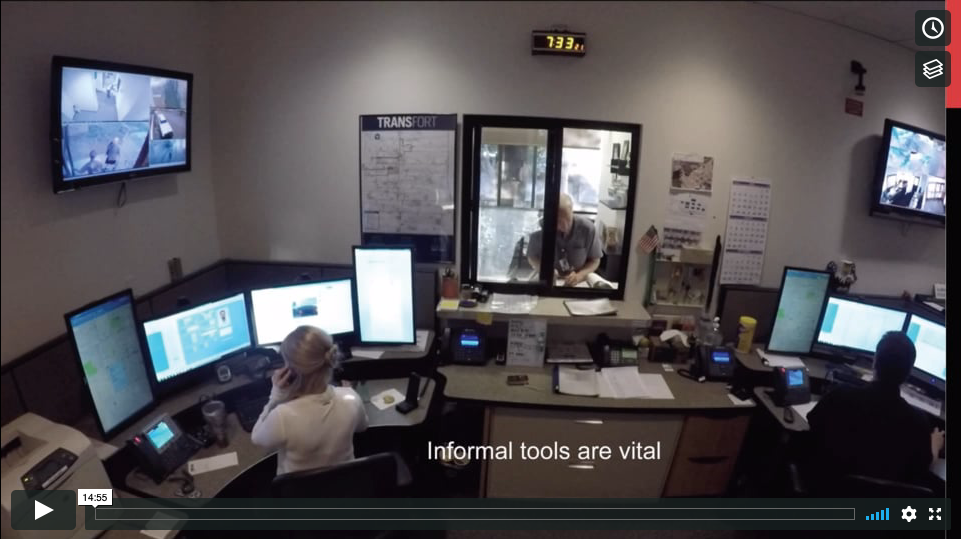
In this paper we explore the idea of a system of care through a city transit system. We argue that a systematic orientation to care is central to what makes a transit system work for people. Further, we suggest that this care orientation is recognized as such, even though it is not apparent in...

The concept of the "future of work", though widely-referenced in mainstream media and policy discourse, remains...
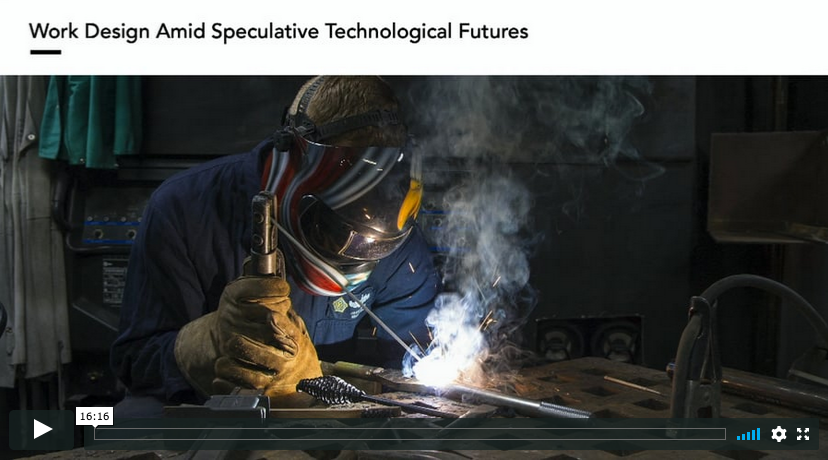
This paper explores how the design of everyday interactions with artificial intelligence in work systems relates to broader issues of interest to social scientists and ethicists: namely human well-being and social inequality. The paper uses experience designing human interactions with highly...
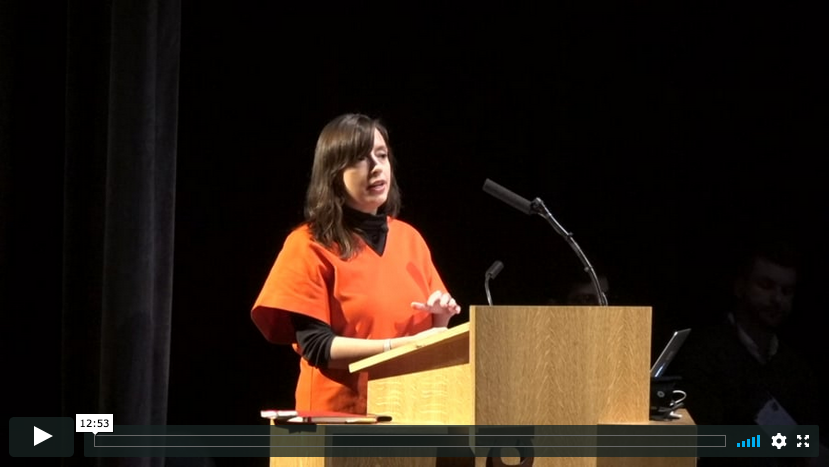
Three service design projects, in hospitality, finance, and health care, highlight how to design for agency in the workplace, including the implementation of automated and data-driven tools. Inspired by Tacchi, Slater, and Hearn's work on ethnographic action research, Amartya Sen's capabilities...
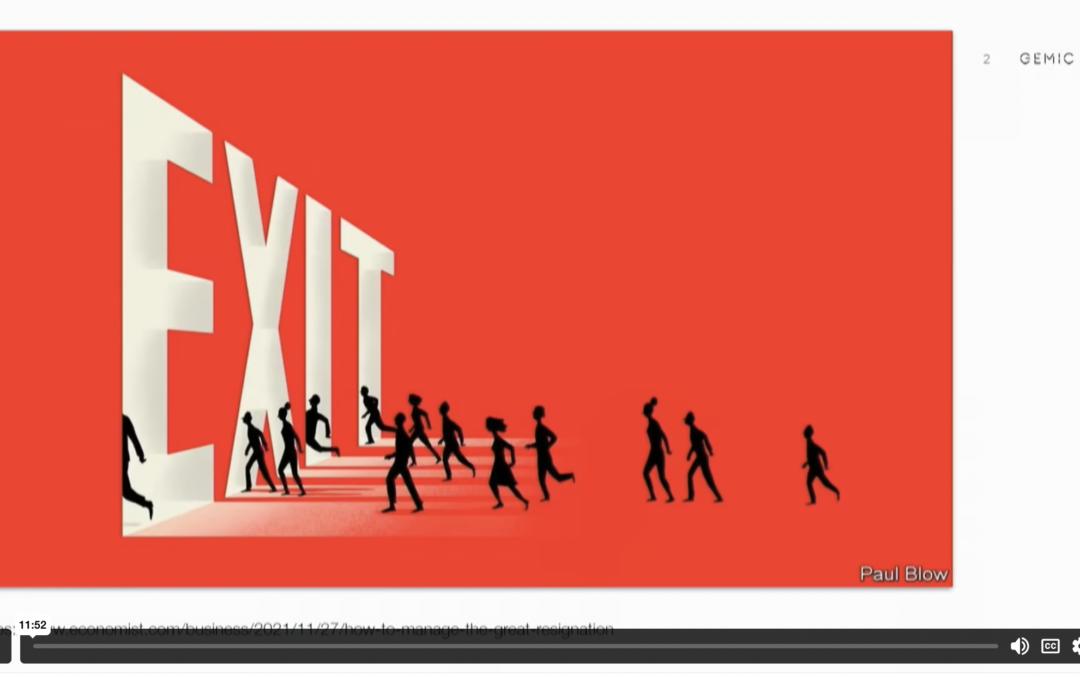
This paper explores recent developments in anti-work theory to identify key learnings for ethnographers in industry. It focuses in particular on how anti-work perspectives allow us to rethink the managerial...

Dealing in Desire: Asian Ascendancy, Western Decline, and the Hidden Currencies of Global Sex Work Kimberly Kay Hoang 2015, 248pp, University of California Press The Labor of Care: Filipina Migrants and Transnational Families in the Digital Age Valerie Francisco-Menchavez 2018, 256pp, University...
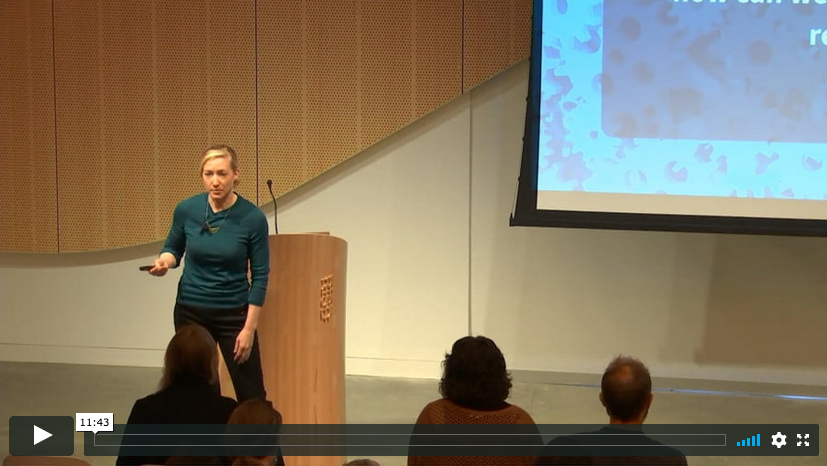
This case study explores how a series of customer site visits to two international service centers drove design recommendations for a chatbot building platform that could encourage positive agent-chatbot collaboration. The first part of the case focuses on the research undertaken by a team of user...
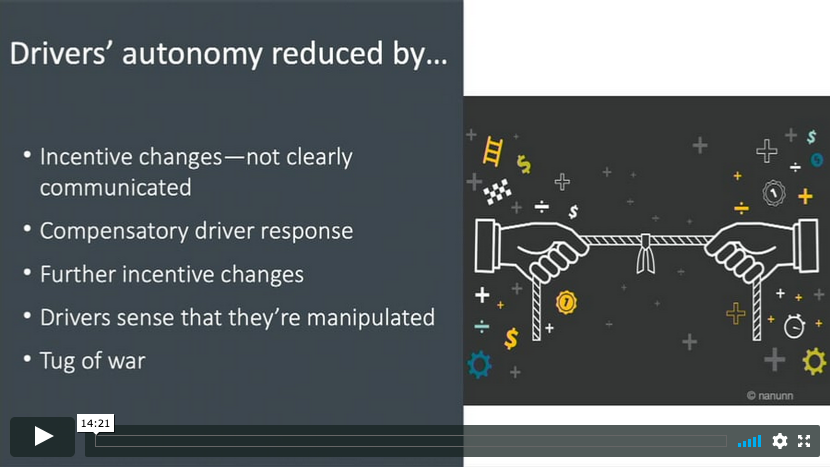
Now that they are beyond the initial start-up phase, it is time to take a critical look at ride-hailing systems such as Uber and Lyft. This ethnographic case study investigates these systems from the drivers’ perspectives and also addresses the ethnographic techniques and general approach that we...